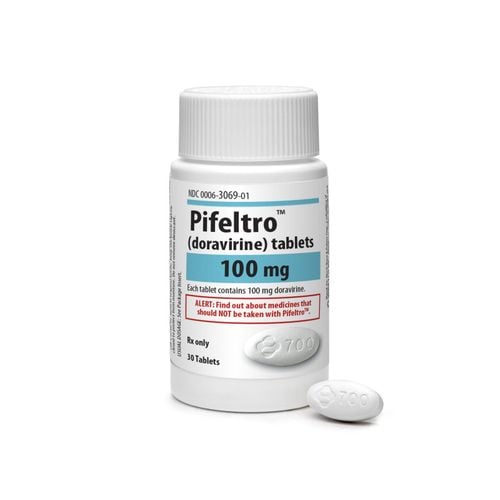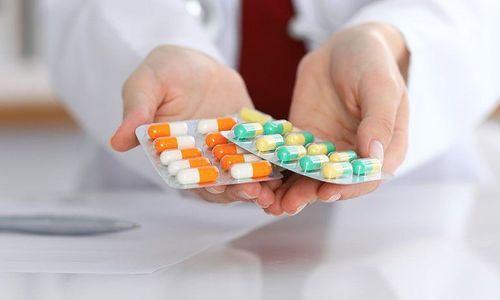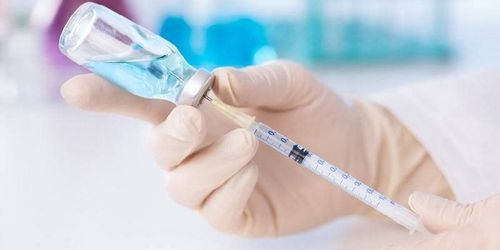This is an automatically translated article.
Timely detection and treatment of complications after vaccination is one of the three steps to ensure vaccination safety, along with safe injection and safe storage and transportation of vaccines. Mild fever or pain at the injection site are temporary reactions commonly seen after vaccination. In rare cases, vaccinated people may experience more severe, life-threatening reactions such as drug-induced anaphylaxis. At that time, the management of anaphylaxis after vaccination becomes a top priority.1. Signs of reaction after vaccination
Although the incidence of post-vaccination reactions is low, their recognition by clinical manifestations still plays an important role. Post-vaccination follow-up within 30 minutes is mandatory for all cases, requiring the supervision of medical staff. The monitoring process must continue to be done at home, lasting up to 24 hours after vaccination. Children need to be directly monitored by adults who know how to take care of them like parents.1.1 Common reactions after vaccination Mild fever: Usually after vaccination, mild fever may be present and self-limiting. Body temperature rarely exceeds 38.5 degrees Celsius. Pain, swelling at injection site: local reactions usually resolve spontaneously within a few days, often less than a week. Occasionally, the person being vaccinated may experience pain that goes down to the joint near the injection site, which may require pain medication as prescribed. Bruising, bleeding at the injection site: due to thrombocytopenia, usually mild and self-limited. Severe cases, heavy bleeding, widespread bruises need to be taken to a medical facility. Lymphadenitis: common 2-6 months after TB vaccination. Clinically, one or more swollen lymph nodes may appear, fistulas may appear, and inflammatory fluid may leak out. The most common site is the axillary lymph node. Acute meningococcal syndrome: this is a common post-vaccination reaction in children with symptoms such as altered consciousness, behavioral changes, fatigue, transient hypotonia, and spontaneous recovery. no treatment needed. However, if the symptoms appear repeatedly, persist or the child shows signs of cyanosis, fainting or unconsciousness, the family needs to take the child to the hospital to determine the cause and treat it promptly. 1.2 Dangerous reactions after vaccination Anaphylaxis is a serious complication, usually appearing early during or shortly after vaccination. Patients have various clinical manifestations such as irritability, rash, swelling of the face and lips, difficulty breathing, headache, convulsions, coma, acute abdominal pain, difficulty in palpation,... urgently handle anaphylaxis after vaccination according to regulations of the Ministry of Health. Anaphylactic reactions: usually occur early in the first hours after vaccination. Common symptoms include wheezing, erythema, facial or generalized edema. Anaphylaxis is a dangerous case, which can lead to real anaphylaxis, so it should be monitored and treated promptly. High fever: is defined when the measured body temperature is above 38.5 degrees Celsius. In this case, the vaccinated person should be guaranteed to provide enough fluids, combined with fever reduction by physical methods such as: Cool down the whole body or use safe antipyretics such as paracetamol, ibuprofen according to the instructions of the doctor. Abscess at injection site: injection site is painful, tender, flaring, may have fluid discharge. Abscesses if not treated properly can lead to more dangerous complications such as sepsis and septic shock.

Thông thường sau khi tiêm vắc xin có thể gặp biểu hiện sốt nhẹ và tự giới hạn
2. Guidelines for monitoring after vaccination
2.1 Monitoring at the vaccination site Post-vaccination monitoring must be done within 30 minutes at the vaccination site, applicable to everyone. Health workers should be assigned to supervise and guide family members or vaccinated persons to recognize abnormal signs such as:Irritability, irritability High fever Child vomiting, spitting up Red spot at the injection site spreading swelling, itching, or continued bleeding Erythema 2.2 Follow-up at home Post-vaccination follow-up period should be at least 24 hours. If the subject to be vaccinated is a child, the person monitoring must be an adult and know how to take care of the child. Features to watch for include:
Systemic signs such as mental status, consciousness Temperature Breathing rate and pattern of breathing Systemic rash Present at injection site
3. Notes when handling post-vaccination reactions
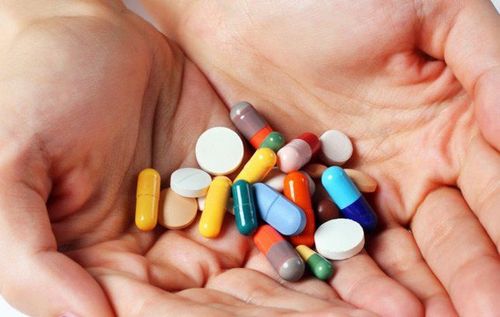
Dùng thuốc theo hướng dẫn của nhân viên y tế, không được tự ý ngưng, thay đổi liều thuốc hay phối hợp thuốc
For common reactions to vaccinations, rest, improving and treating symptoms are the basics. If symptoms do not improve and tend to become more severe, they should be taken to medical facilities. Some points to note when using medicines at home:
Use drugs under the guidance of medical staff, do not arbitrarily stop, change the dose or combine drugs. Do not use leaves to cover the injection site, to avoid infection and abscess formation. For severe reactions after vaccination, medical staff need to quickly conduct emergency, handle and treat according to the process of handling post-vaccination reactions.
Healthcare workers and vaccinated people need to cooperate in complying with safety regulations. Vaccinated people should absolutely respect the principle of monitoring after vaccination. Health workers need to know how to recognize early detection and follow the process of handling reactions after vaccination. This is an important step to help improve the quality and efficiency of vaccination management.
Vinmec International General Hospital is one of the hospitals that not only ensures professional quality with a team of leading medical doctors, modern equipment and technology, but also stands out for its examination and consultation services. comprehensive and professional medical consultation and treatment; civilized, polite, safe and sterile medical examination and treatment space.
Vinmec Times City International General Hospital is an option for parents looking for a place to vaccinate their children. The hospital has built a professional vaccination and consultation room with a cold chain for optimal vaccine storage (from cold storage to vaccine refrigerators, there are temperature alarms that are over the allowed temperature range, ...
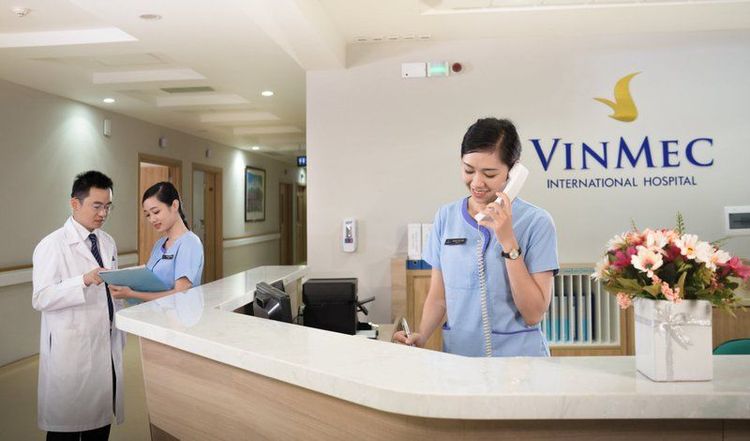
Bệnh viện Đa khoa Quốc tế Vinmec Times City là một lựa chọn cho các bậc phụ huynh đang tìm nơi tiêm phòng cho con nhỏ
The screening doctors here all have professional experience and can advise the family fully on pre-injection screening and post-injection monitoring to avoid anaphylaxis causing harm to the child's health.
Please dial HOTLINE for more information or register for an appointment HERE. Download MyVinmec app to make appointments faster and to manage your bookings easily.






